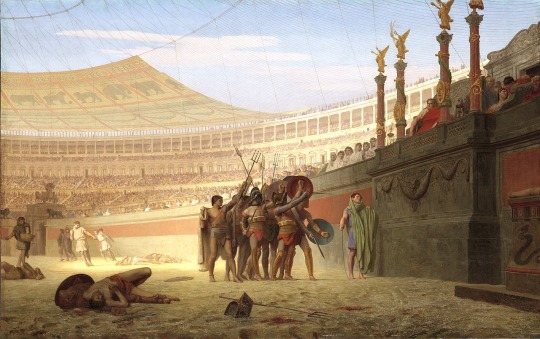Text
Caton d'Utique lisant le Phédon avant de se donner la mort

Caton d'Utique lisant le Phédon avant de se donner la mort (1840)
(‘Cato of Utica reads the Phaedo before committing suicide’)
- Jean-Baptise Roman (1792-1835) and François Rude (1784-1855)
This sculpture was commissioned in 1832, but was unfinished by Jean-Baptiste Roman’s death in 1835. It was subsequently finished by François Rude in 1840.
The sculpture depicts Cato the Younger shortly before his suicide. He is reading Plato’s Phaedo, a philosophical dialogue in which Socrates’ death is depicted. The inscription “Caton D’Utique” translates to Cato of Utica, a name given to him after his death. The sculpture is currently displayed in The Louvre, Paris.
Marcus Porcius Cato (95 BC - 46 BC), better known as Cato the Younger (Cato Minor) to distinguish him from his great grandfather (Cato the Elder), and sometimes known as Cato of Utica (Cato Uticensis), was a prominent Roman senator of the late republican period of Ancient Rome. He is known as a notable orator and a follower of Stoicism, and also for his moral integrity, as well as his immunity to bribery and corruption (which was almost ubiquitous in the late republican period). He is perhaps best known to history for his tenacity and stubbornness - particularly in his longtime opposition to Julius Caesar.
A brief summary does not do justice to Cato’s character - I’ll do a longer, more detailed look at Cato’s life and death some time soon.
6 notes
·
View notes
Text
Some paintings by Jean-Léon Gérôme (1824-1904)

Ave Caesar Morituri te Salutant (1859)

Pool in a Harem (1875)

Diogenes (1860)

The Death of Caesar (1867)

Pollice Verso (1872)
6 notes
·
View notes